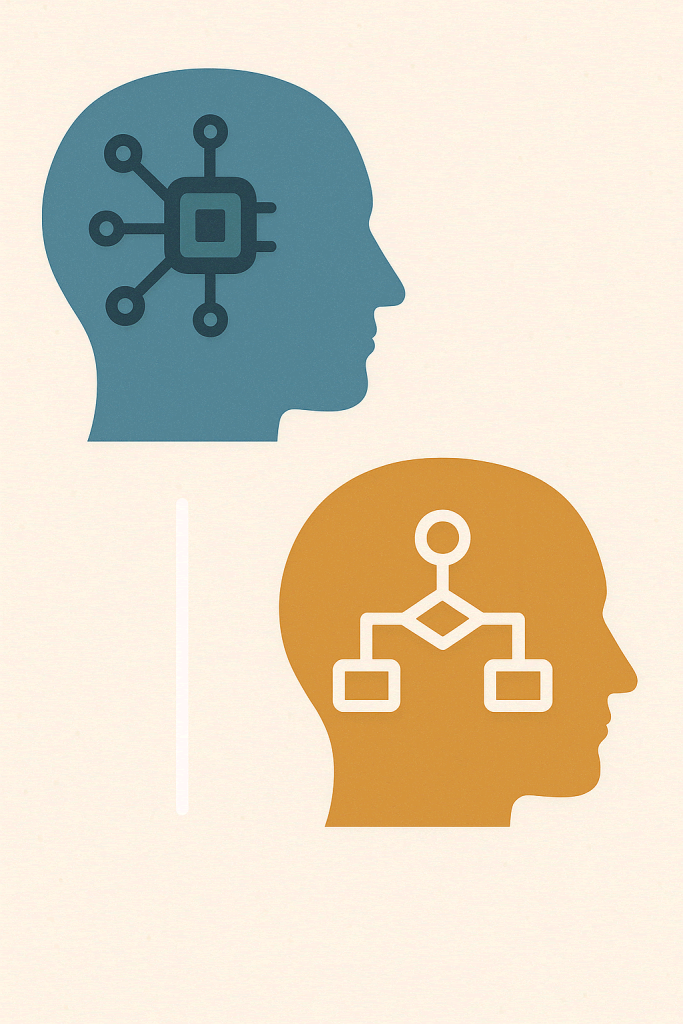

Artificial intelligence and machine learning are often used interchangeably, but they are not the same. AI is the broader concept, the overarching idea of machines being able to carry out tasks in a way that mimics human intelligence. It includes everything from basic rule-based systems to advanced natural language processors. Machine learning, on the other hand, is a specific subset of AI that involves algorithms learning patterns from data and improving their performance over time without being explicitly programmed for each scenario.
At AEHEA, we often describe machine learning as the engine that powers many of today’s AI applications. It’s the mechanism that allows systems to adapt, recognize patterns, and make predictions. For example, if you’ve ever seen a chatbot improve the more you use it, or an online store recommend products that seem uncannily accurate, machine learning is likely behind it. It learns from your behavior and uses that information to refine future interactions. AI uses machine learning as one of its tools, but it also includes other techniques that don’t involve learning from data, such as symbolic reasoning or expert systems.
Think of AI as the ambition and machine learning as one of the key strategies to reach that ambition. AI aims to replicate intelligent behavior, and machine learning helps achieve that by enabling machines to learn from experience. Other components like natural language processing, computer vision, and robotics often rely on machine learning models, but they are part of the larger AI ecosystem. Machine learning can also be supervised, unsupervised, or reinforced, depending on how the model is trained and what it’s trying to achieve.
For businesses and developers, understanding this difference matters. When clients come to us at AEHEA, they often want “AI” without realizing that what they’re asking for is a machine learning solution. Clarifying the terminology helps us design more effective systems, set realistic expectations, and focus on practical implementations that match the problem at hand. We believe in making AI approachable, and that starts with demystifying the terms that define it.
